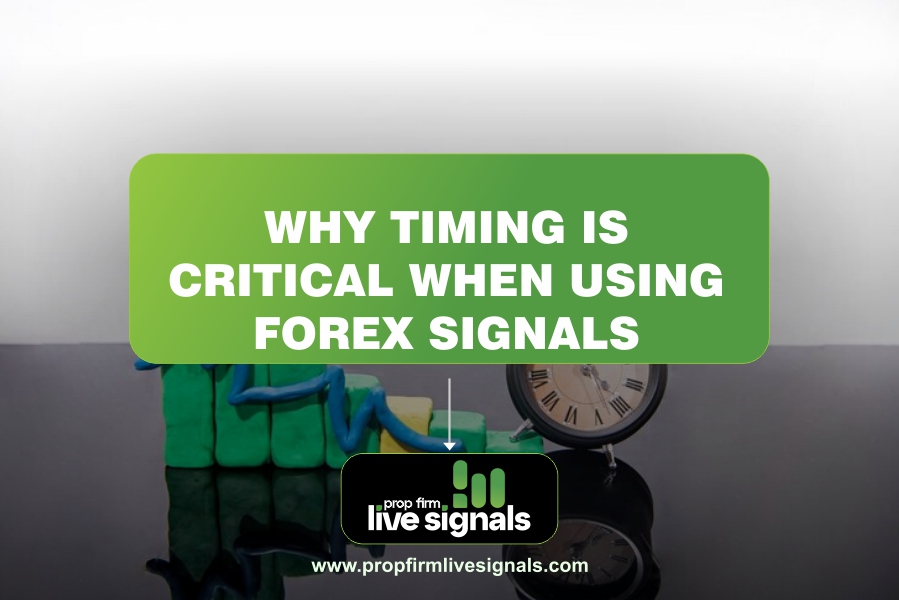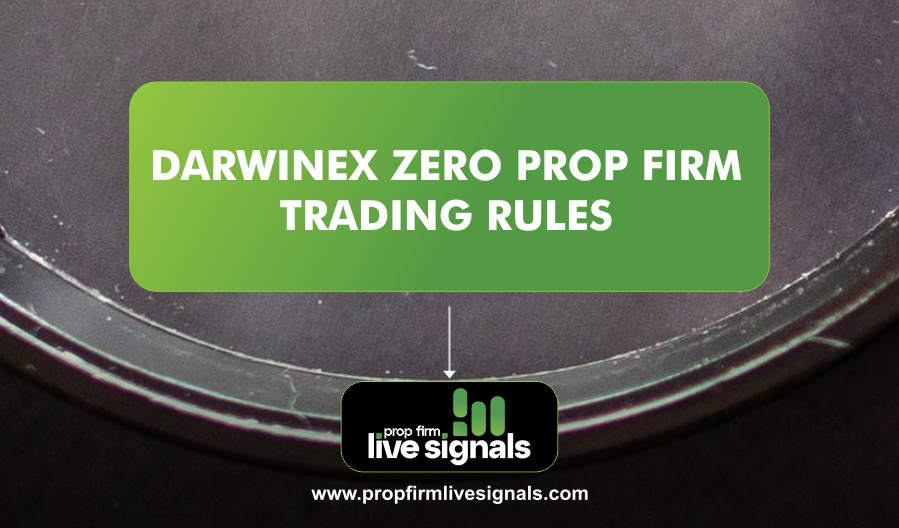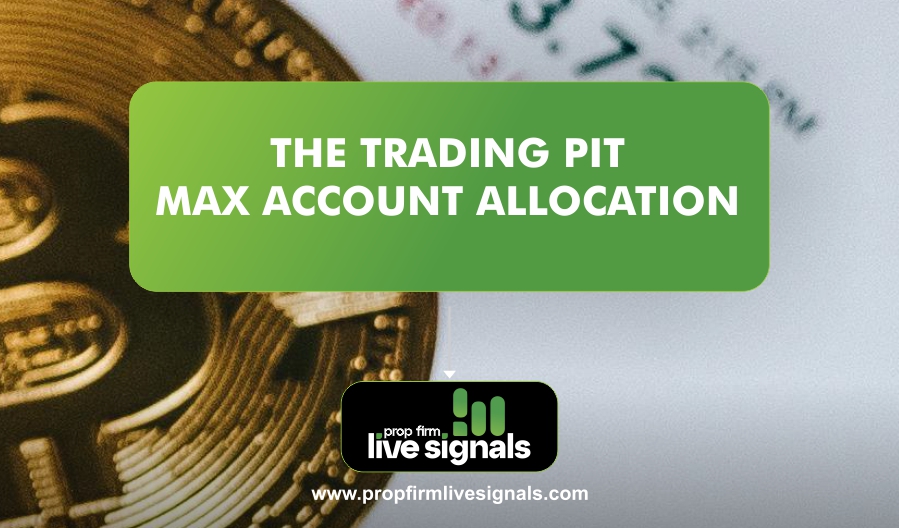The results are that, in a 24/5 market, influenced by an innumerable quantity of factors, ranging from events in the global economic environment to political news and market sentiment, timing becomes a trader’s best weapon. It is the ability to make swift trades on real-time signals that actually allows traders to outrun rapid price shifts and nail the best possible outcomes. This article will reveal more about why timing is critical when using forex signals.
Importance of timing in forex trading
After all, everything is about timing in forex trading. In the world of forex, where trading keeps on going round the clock and prices can fluctuate drastically even in a few seconds, timing becomes so vital when one has to enter and exit a trade. Right timing can lead to leveraging favorable price movements to maximize profit potential, while improper timing can result in missed opportunities or reduced profitability and even significantly higher losses.
Besides optimizing profitability, timing is also about managing risk effectively. Poor timing, whether it be entering too late or holding a position too long, may increase exposure to market reversals and unexpected price shifts. Successful traders understand well that the sooner one gets in and out in real time based on the signals or after strategic analysis, the less is his or her risk and the higher are the chances of profitable trades. In trading forex, once one masters his or her timing, the difference comes in between consistent success and frequent losses.
Timing and Its Impact on Forex Signal Execution
Importance of Timely Execution
Everything is about timing when it comes to the execution of forex signals. A forex signal will provide insight into the best possible time to enter or exit a trade. This will be less effective if one does not take immediate action based on it. In high-velocity forex markets, the price level may change very fast, and even seconds of delay may result in the loss of an opportunity or at reduced profitability. A trader executing a trade in real-time can maximize the signal benefits, therefore assuring better price points to either enter or exit from a trade.
Slippage and Its Effects
Poor timing brings a set of problems, the most important being slippage. Slippage is a situation that arises when the actual price of execution of a trade differs from the price a trader expects after having been generated by the signal. This can occur either because the market moves too quickly or because there was a lag in the execution of the trade. Slippage generally cuts down potential profits or accentuates losses because traders are not entering or getting out of positions at the right time. It reduces the possibility of slippage and gets traders the nearest price possible to the one recommended by the signal. That being said, it impacts profitability in a major way.
Impact on Profitability
The profitability of forex signals largely depends on how fast they are acted upon. Since forex signals are based on market conditions at a particular point in time, even short delays can result in less favorable price points. For instance, when a signal issues a recommendation to buy at a certain level and the trader delays carrying out the transaction, the price may go up prior to the execution of the trade and may thus reduce the potential profit margin. That way, with precise timing, there is complete capturing of the profit potential of the signal at its maximum position and not some-like situation of compromised profit due to late entry. It maximizes profits, they say, by not allowing late executions that can diminish the whole potential of the operation.
Risk Exposure and Timing
Timing, apart from profitability, is also related to the risk profile of the trade. Poor timing of trade entries or exits can increase risk, especially in volatile markets. For instance, failing to exit a trade when signaled can lead to larger losses if the market quickly reverses. This ensures better control over risk by hitting stop-loss levels as planned, without relying on market fluctuations.
Automation and Timing Optimization
Many traders automate their trading to avoid such pitfalls, which further optimizes timing. Automatic systems are able to execute trades the moment signals are given, thus avoiding any form of hesitancy or human error. In this way, the trader will be completely certain that each and every signal is acted upon in time, with his strategy being maximally effective. The trader can reduce the impact of timing issues by using automation facilities, thus minimizing the effect on total trading performance.
Factors That Can Affect Signal Timing
Market Volatility
Market volatility refers to the rapid price fluctuations of a security. In highly volatile markets, quick action is crucial when executing forex signals, as delays can increase risk or miss opportunities.
Economic News Releases
Economic data releases, such as employment reports, inflation data, and central bank announcements, are strong market movers that can cause volatility and disrupt signal timing. Traders should be aware of any scheduled economic announcement and make the necessary adjustments in their trading strategies. Making major news releases or immediately after them is risky, because prices will not act predictably.
Levels of Liquidity
Liquidity can be defined as the ease with which an asset is purchased or sold without significantly impacting its price. When the levels of liquidity are low, even small orders would change its price considerably. The timing for such signals will be a lot more critical, and by extension, Forex signals could not work as well because traders would probably not get their trades filled at the expected prices. Being aware of the liquidity in the different currency pairs traded will better inform the timing decisions.
Slippage
Slippage occurs when, due to market fluctuation or late order processing, the trading takes place at a different price than expected. Therefore, traders who rely on forex signals face serious business because the entry or exit price they get might be very different from what the signal had indicated. Obviously, it’s riskier during high volatility and low liquidity levels, which is why slippage should be closely watched by traders. One can avoid that by using limit orders.
Indicators of Technical Analysis
The timing sensitivity of the signals generated by various technical analysis indicators, such as moving averages, RSI, or MACD, will also depend upon their parameters. Whereas short-term indicators may provide more frequent signals, which require quick implementation, long-term indicators could generate less time-sensitive signals. Understanding how the various indicators work and how they influence timing should help traders in the proper implementation of their strategy.
Trading Platform Performance
Where used, the performance of a trading platform may also affect signal timing. Delays in order processing, connection issues, or server overload can hinder a trader’s ability to respond to signals. Using a reliable platform with minimal latency and strong infrastructure is key to avoiding timing issues.
Psychological Factors
Timing could also be influenced by the emotions and psychological aspects of traders. Fear, greed, and overconfidence might make traders either hesitate or rush to execute a trade. Discipline keeps a trader on track with their plan, helping them avoid emotional pitfalls and execute signals efficiently, improving timing and strategy effectiveness in forex trading.
Strategies to Optimize Timing with Forex Signals
Keeping an Eye on Economic Calendars
Following economic calendars allows traders to predict the market’s movement based on key news releases. In this way, traders can schedule their trades to avoid possible interference with their trading strategy and enter and exit at the most appropriate time.
Timing Your Trade
Identify the best time to trade; some hours are considered better than others. Large market intersections, such as the London and New York sessions, are usually much more liquid and volatile, making for a better chance of well-timed execution.
Technical Analysis Tools
In essence, the incorporation of technical analysis refines trade timing, showing where to step into a trade. It includes tools such as trend lines and oscillators that will enable them to identify where to enter and exit, thus ensuring they take an act right at the instance when favorable conditions arise.
Setting Alerts and Notifications
Setting up price or signal alerts ensures traders can act promptly without constantly monitoring the market. It makes sure they are able to execute on the right moments.
Reviewing Historical Performance
These time usage patterns can be identified from the historical signals. Consequently, traders can revise their existing strategy for improved performance.
Backtesting Strategies
Traders can carry out backtesting of any trading strategy with historical data without risking any capital to gauge the profitability of different timing methods. Therefore, this aids them in making the right decisions in the future.
Staying Educated on Market Trends
Staying current on global economic conditions and market sentiment greatly improves a trader’s sense of timing. Participation in educational tools fosters general awareness.
Develop a Trading Plan
A routine in trading instills discipline and inhibits many unnecessary decisions on your part. It also allows traders to be directed toward proper timing when executing signals. By using these techniques, traders will be able to maximize the timing in the event of a forex signal execution and thereby optimize trading performance.
The Risks of Poor Timing
Here are few reasons why poor timing when it comes to forex signals is risky;
Lost Opportunities
One major risk of poor timing in forex trading is missing ideal entry points, which reduces profit potential or leads to losses. In fast-moving markets, opportunities can vanish within seconds, leaving traders behind.
More Slippage
Poor timing can result in increased slippage, an consequence when trades are executed at prices other than what was expected. This happens very often when the market starts being highly volatile and the prices fluctuate very fast. If a trader waits too long to execute a signal, then he may enter a trade at an unfavorable price, negatively impacting profitability and risk management.
Emotional Decision-Making
All this can be exacerbated by timing issues, which can lead to emotional decisions. Hesitating to act on signals can lead to impulsive trades or panic-driven abandonment of the strategy, resulting in poorly timed entries and exits that deviate from the original plan.
Frequently Asked Questions (FAQs)
Why is timing important when using forex signals?
- Timing is crucial because forex markets move quickly, and executing signals promptly ensures you enter and exit trades at the most favorable price points. Delays can lead to missed opportunities or increased risks.
What happens if I don’t act on a forex signal immediately?
- If you don’t act immediately, price movements may alter the effectiveness of the signal, potentially leading to less profitable trades or increased losses.




